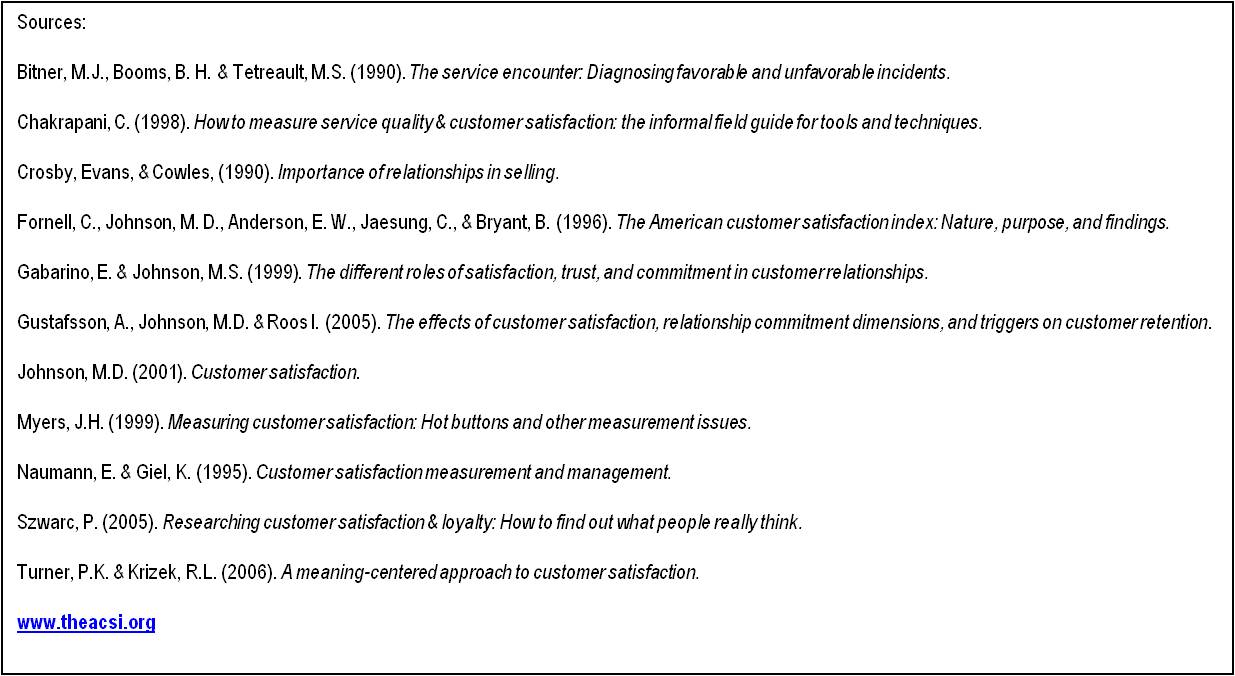Welcome to a month long series on Customer Service! Each Wednesday I will post an article that deals with some aspect of Customer Service. To begin the series, let’s take a look at how customer satisfaction is defined.
The definition of customer service from the customer’s point of view is different than from the point of view of an organization, yet they are interdependent.
Definition 1: A customer’s satisfaction is determined by their evaluation of how well their expectations are met. (Naumann & Giel, 1995; Fornell, Johnson, Anderson, Jaueng & Bryant, 1996; Johnson, 2001; Gustafsson, Johnson & Roos, 2005).
Definition 2: A customer will evaluate if they received a quality product or service at a competitive price. (Fornell et. al., 1996, Szwarc, 2005)
Definition 3: From the organizations perspective, customer retention, repeat purchases, and profitability are indicators of having achieved customer satisfaction. (Naumann & Giel, 1990; Chakrapani, 1998; Johnson, 2001).
Other aspects of customer satisfaction.
- Customers want to identify with and like their service providers so they can trust them. (Bitner, Boom & Tetreault, 1990; Crosby, Evans, & Cowles, 1990; Gabarino & Johnson, 1999, www.theasci.org).
- Timeliness is important to a customer’s satisfaction. (Bitner et. al, 1990; Turner & Krizek, 2006)
A collective definition. Given the many definitions from service providers and scholars, defining customer satisfaction is an arduous process. To measure the satisfaction of your customers, it is important that your organization understands their own definition of customer satisfaction as well as their customers.
Perhaps the following definition can serve as a jumping off point for the creation of your own definition –
Definition 4: Meeting or exceeding customer expectations related to their perception of quality, value, personnel, and responsiveness that leads to organizational profitability and loyal or repeat customers.




Leave A Comment